Feastday transferred from 15 August to Sunday 21 August.

What is the significance of patrons or patronesses in the church and society today? Are they to be seen as good guys or bad guys? Wikipedia describes patronage as the support, encouragement, privilege, or financial aid that an organization or individual bestows on another. In medieval times it was often associated with an art form. Church but also political leaders, with access to power and financial resources supported artists, musicians, writers and philosophers. Many great works were created as the result of patronage that enabled the artists to do their work and also maintain a high standard. Leonardo da Vinci’s Last Supper, Michael Angelo’s Sistine chapel paintings were created through patronal support. Patrons did have rights and control over artists who may have been required to produce what the patron wanted. For example, the composer Haydn was required to compose a symphony every week. Political patronage allowed chosen people to hold positions, a system that still persists in the form of nepotism, i.e. jobs for pals or family. The concept does imply a certain mutual relationship and loyalty would be expected.
Over time the concept of patronage was modified to become sponsorship or grant-giving, with the relationship aspect possibly becoming less strong. Today maybe the idea of championship has become popular. A cause might acquire a champion e.g. women’s rights, people with disability, cancer research. Naturally champions are sought after to give financial support or other influence. The concept of patronage as such still exists as is clear in factionalism in political parties. There must be some return expected for the devotion and support given to a particular leader or influential person. Ruling political parties have utilized patronage to reward supporters, maybe just through food parcels or other tenders to strengthen the leading faction of the party’s control over governmental institutions. State Capture is a clear example of this.
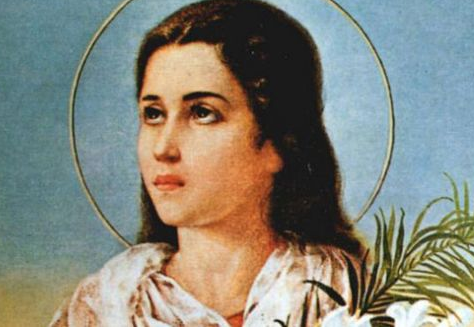
The term patron is used in very different sense for those attending sport and theatre events. However, my attitude towards patrons is ideally as benefactors and to a degree positive role models. Every country, diocese, parish, religious congregation and sodality has a patron saint, someone the community can look up to and admire for particular qualities, while we also expect some benefit or return. The saint will pray for me, and intercede for me with God. St Anthony, the patron saint who finds lost items, is expected to help find them, be they car keys, or a missing person. St Jude, who is regarded as the patron saint of lost causes, has many interceding for them when exam time comes around. st Maria Goretti is a role model for youth in the war on gender-based violence. St Francis of course is a role model for ecological conversion and eco-awareness raising. Still a valuable tradition is for young people before confirmation to choose a patron saint, someone they particularly admire and want to emulate.

MARY, QUEEN ASSUMED INTO HEAVEN, PATRONESS OF SOUTH AFRICA. PRAY FOR US.
Much more could be made of this tradition of patrons as beneficiaries or role models. The church in South African has Mary, queen, assumed into heaven, as our patroness. What significance does that still have for us? A queen still has a high status, although likely not as great as in previous times. The fact of her assumption is the highest possible honour that could be awarded to a human being. Born without sin, accepted as Mother of God, she lived a life of total love and commitment The Assumption of Mary is one of the four Marian dogmas of the Catholic Church. Pope Pius XII defined it in 1950 in his apostolic constitution Munificentissimus Deus as follows:
“We proclaim and define it to be a dogma revealed by God that the immaculate Mother of God, Mary ever virgin, when the course of her earthly life was finished, was taken up body and soul into the glory of heaven.”
For us as parishioners, believers but also human family people the image of the most caring and beloved of mothers is for many of us maybe the warmest image we carry in our hearts and minds. In Laudato Si Pope Francis writes, “ Mary, the Mother who cared for Jesus, now cares with maternal affection and pain for this wounded world. Just as her pierced heart mourned the death of Jesus, so now she grieves for the sufferings of the crudified poor and for the creatures of this world laid waste by human power. Carried up into heaven, she is the Mother and Queen of all creation. She now understands the meaning of all things. We can ask her to enable us to look at this world with eyes of wisdom.” LS 241.
And for families, especially with young children does it really make sense to teach them “blessed is the fruit of thy womb Jesus.” Would it not be more meaningful to teach an age-appropriate simple prayer, “Holy Mary, Mother of God, be our mother too. Pray with us and for us in all that we do.” TR FAMILY WEEKLY 17 AUGUST 2022.
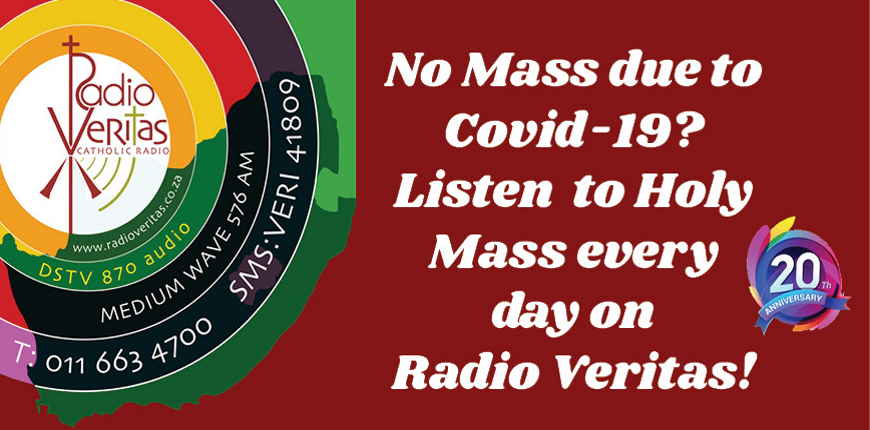
MARFAM offers resources for catechesis or family catechesis on this theme and others.

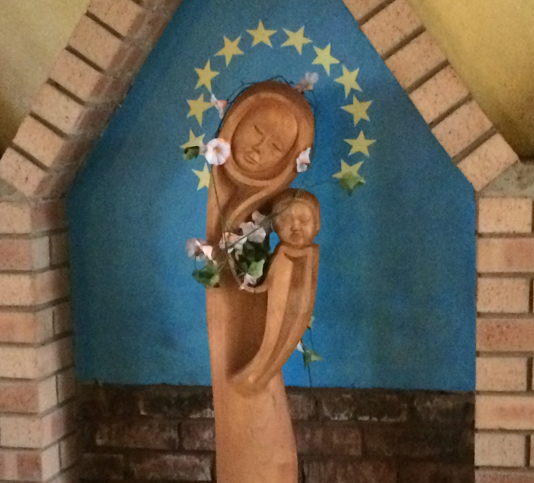

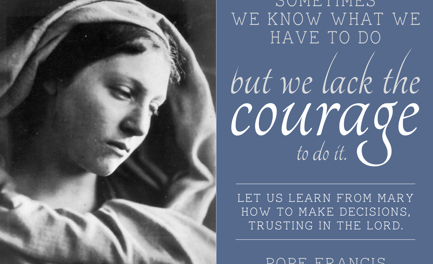

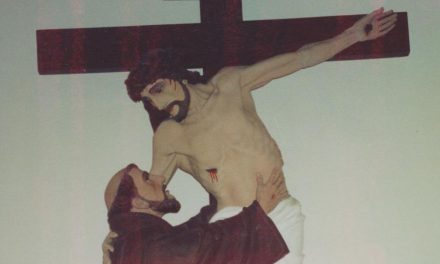

Recent Comments